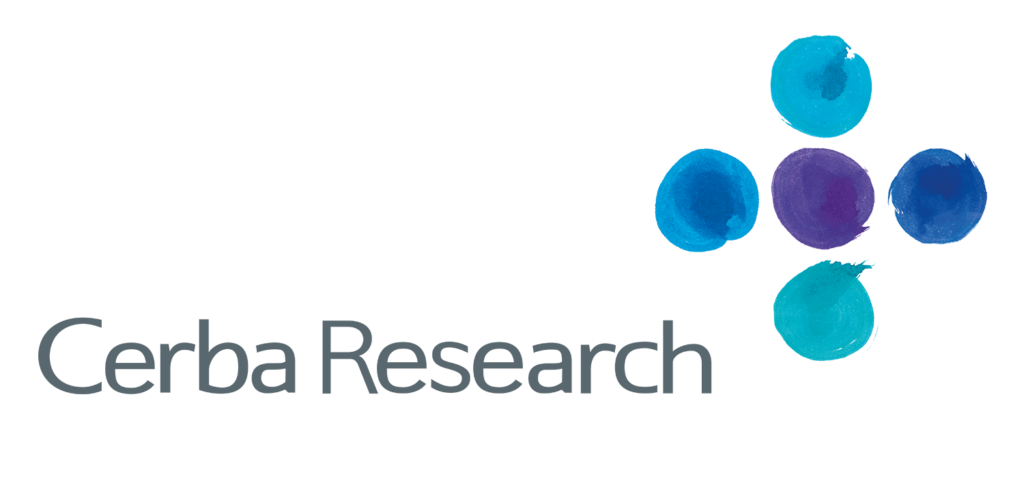
More than three decades ago, scientists at the National Cancer Institute began exploring ways to fight cancer using the patient’s immune system. Their work formed the basis of what is now a promising cancer treatment that doesn’t require surgery or radiation. The global immunotherapy market, which includes CAR T-cell therapy, adoptive cell therapies, checkpoint inhibitors, monoclonal antibodies, and other immunotherapies, is expected to grow by 10.1% CAGR between 2020 and 2028.
Patients provide blood samples for clinical trial sponsors to develop and deliver these emerging immunotherapies. Each sample they give is precious, as they all provide a wealth of biological data that contributes to therapy development. To ensure samples arrive at the lab intact, robust sample transportation and global logistics are critical. The deep scientific expertise housed within those labs ensures the highest-quality analysis and reporting.
A central lab with a global footprint provides both the efficient transportation arrangement and scientific rigor required to unlock the valuable information contained within patients’ biological samples. Flow cytometry (FCM) is the primary method scientists use to monitor immune responses in clinical trials, primarily because of its power, speed, and ability to provide a comprehensive view of a disease’s macro-environment.
With an increased focus on personalized medicine, including immunotherapy, there’s high demand for FCM. It’s used primarily to monitor changes in immune cell phenotype, to monitor therapeutic cells, and to detect and monitor abnormal cells. The advantages of FCM over other methods include:
- Comprehensive data: Using a single tube of blood, researchers obtain information on immune cell subsets, memory phenotype, activation, regulatory exhaustion, and more.
- High throughput: Flow cytometers can measure more than 35,000 events per second (and counting).
- Multiparameter: Current technology can measure 40 or more cellular markers simultaneously.
- Quantifiable results: Researchers can obtain relative percentages and learn the absolute count and number of receptors in a cell.
- Statistically powerful: FCM’s high-parameter capabilities produce powerful data in a short time frame.
The information obtained from FCM informs diagnosis, treatment, and monitoring of residual or relapsed disease. While much of its use centers on oncology, researchers also use it for immunology, rare disease, and infectious disease research.
Researchers turn to FCM for immunophenotyping to detect the absence or presence of antigens without compromising sensitivity. FCM is also used to report characteristics of cell populations, with high sensitivity and with frequencies as low as 1 in 10,000 cells, which is key for detecting minimum/measurable residual disease (MRD). In addition, FCM helps researchers characterise and/or quantify proteins, cellular activation, proliferation, exhaustion, and apoptosis status, and the technology is also used in cell cycle analysis and drug occupancy of cellular target markets
Flow cytometry in biomarker research
Flow cytometry has become invaluable for biomarker research and development because it provides such highly detailed information on single cells in a heterogeneous population. FCM provides the data to help researchers identify potential biomarkers to better understand why certain patients develop resistance to a therapy. This helps sponsors identify patients for clinical trials, as well as helps clinicians devise patient-specific treatment plans for participants.
In addition to identifying new biomarkers, FCM assays accurately and reproducibly measure biomarkers to ensure consistency of measurement both within and between patients. FCM data are used to make clinical decisions around safety, efficacy, and pharmacodynamics. More complex panels provide information for exploratory assessment in clinical trials.
The importance of validation
All biomarkers must undergo advanced validation to ensure data are interpretable within multiple time points, within large patient cohorts, and tested at different locations around the world. Data coming out of the validation provide guidance for interpreting clinical data.
To ensure the quality of FCM assay performance in preclinical and clinical applications, several scientific organizations developed recommendations for FCM instrumentation and method validation. Cerba Research and other laboratories used these recommendations as well as GLP and GcLP guidelines to develop strategies to demonstrate a method is fit for purpose within the context of use.
Under this fit-for-purpose approach, the data must be reliable and accurate (fit). The data are used for decision-making during drug development (purpose). The validation requirements are specific to the stage of drug development, with consideration toward the intended use of the biomarker data and any applicable regulatory requirements (fit-for-purpose).
With a standardized process such as fit-for-purpose, sponsors have the validation data they need to present to regulatory authorities to show validations were performed. The FDA and/or other regulatory agencies typically request validation reports to evaluate the assay performance for the intended purpose.2,3
Fit-for-purpose method validation starts with assay development or optimization and moves to validation and implementation. Sponsors should review the data to assess whether the assay needs any type of change or improvement for future expansion of the trial, and if so, the cycle begins again.
Validation parameters for new assays include assessments of the following: precision, inter-operator variability, inter-instrument variability, sensitivity, stability, post-stained stability (for larger labs), and carry-over (especially for high-sensitivity assays).
When assays transfer to another lab, these parameters are assessed again, with the exception of sensitivity and stability. This ensures consistency among instrument settings and other parameters.
To learn more about flow cytometry, including emerging trends and important points to consider, download the whitepaper below.


